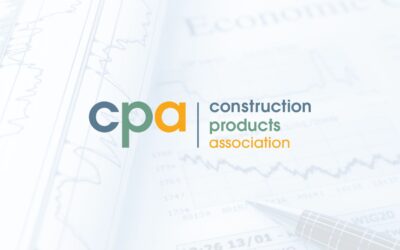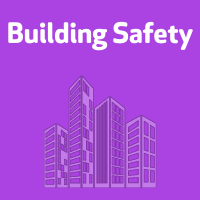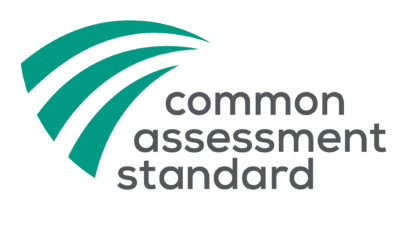
by Clair Mooney | Apr 8, 2024 | Main News Feed
On the day that we learned that the majority of higher risk building Gateway 2 applications were not valid (Regulator: Majority of higher-risk building applications ‘not valid’ | Construction News) the HSE has asked us to remind you that from 6 April projects may need to transition to the Building Safety Regulator (BSR) as the building control authority.
Some projects are eligible to stay under their current building control arrangements, as long as they meet certain criteria. Eligibility for transitional arrangements in building control – Making Buildings Safer
However, if your project:
- Had building control arrangements in place, AND
- Building work (including design work) had started, AND
- A notice that the work had made sufficient progress was not given to the LA by 6 April
OR
- Has started building work but existing building control arrangements cease /are cancelled OR
- Has started building work but there were no formal building control arrangements in place
Then, your project will need to transfer from your existing building control provider to BSR.
You will do this through the portal, which has been adapted to accommodate projects.
New guidance is on its way and we will circulate it as soon as it becomes available.
For more guidance and to register for our new online training visit www.thefis.org/knowledge-hub/technical/fire-protection/building-safety-act/
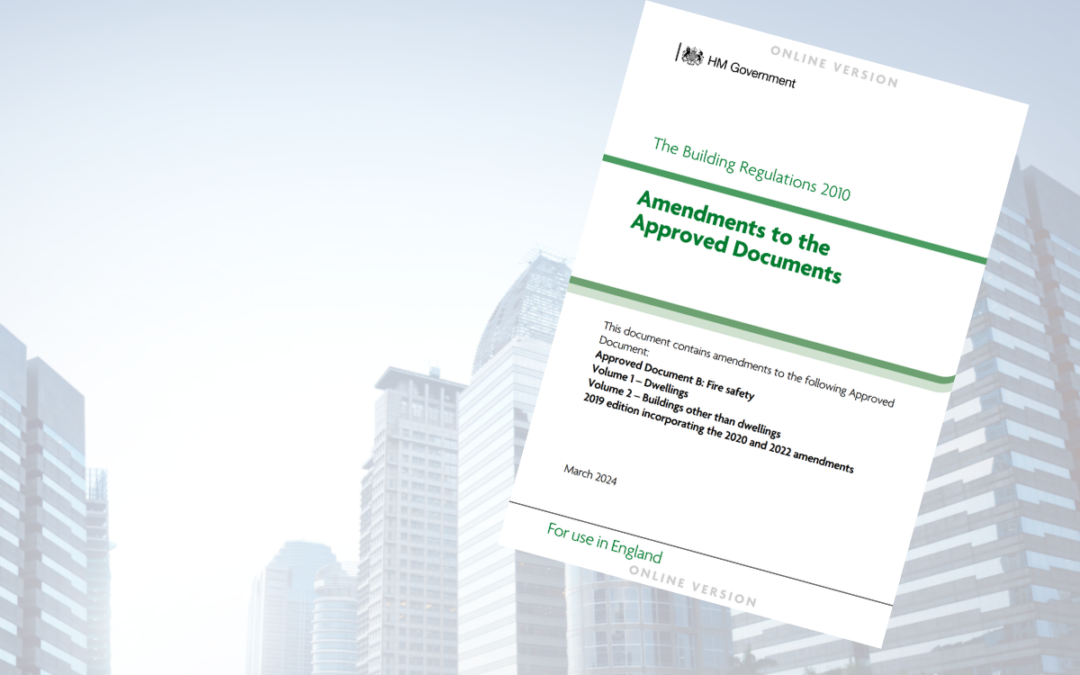
by Clair Mooney | Apr 5, 2024 | Main News Feed
The Government has published a document listing amendments to Volumes 1 and 2 of Approved Document B which will come into effect in September 2026.
These amendments principally concern:
- Threshold for the provision of a second staircase in blocks of flats with a storey 18m or more in height.
- Evacuation shafts are introduced to support the provision of evacuation lifts.
- Changes to provisions for fire doorsets.
- New terminology including definitions for evacuation shaft, evacuation lift lobby, interlocked stair and storey exit.
- Provisions for horizontal escape and vertical escape separated as per the structure of Volume 2.
The 2019 edition incorporating the 2020 and 2022 amendments will continue to apply where a building notice or an initial notice has been given to, or a building control approval application with full plans made to, the relevant authority before 30 September 2026 and either the building work to which it relates:
- has started and is sufficiently progressed before that day; or
- is started and is sufficiently progressed within the period of 18 months beginning on that day
You can view the amendments at the link below:
Fire safety: Approved Document B
FIS will publish further detailed guidance on these changes in the coming months.

by Clair Mooney | Apr 5, 2024 | Main News Feed
Standards are used in our everyday lives to show that products are safe, suitable for a particular use or provide guidance and process, for example many products carry a CE or a UKCA mark to demonstrate their conformity to certain standards, yet access to Standards can be restricted simply by their cost which can run into £100’s, because the National bodies who draft them are part funded by selling them.
We recently covered The European Court of Justice Judgment on providing the free Harmonised standards which are used to define products where CE marking is mandated. We see this as an interesting development and may have repercussions on how Standards are managed moving forwards, in the UK and Europe.
At FIS we strive to make the key standards free to our community via the FIS Standards Portal. It is important moving forwards that we have a robust standard setting body, but the cost to access and use the standards is not prohibitive, particularly for SME’s.
This is just one of the membership benefits. If you are not currently a member and want to know more, please don’t hesitate to contact our Head of Membership Michelle Armstrong michellearmstrong@thefis.org

by Clair Mooney | Apr 4, 2024 | Main News Feed
On 6 April flexible working requests become a day one right for UK employees. This means employees don’t have to have any length of service with your business before they submit a formal request for flexible working arrangements.
FIS member Citation is hosting a webinar on Wednesday 10 April to explain what flexible working actually is and what you need to do to implement these legislation changes.
REGISTER HERE
The webinar will cover:
• What a statutory flexible working request is and who can make one
• What these changes mean for your business and how you can prepare
• How to handle requests, make your decision and update contracts of employment
• An overview of all the other Employment Law changes coming into force across 202
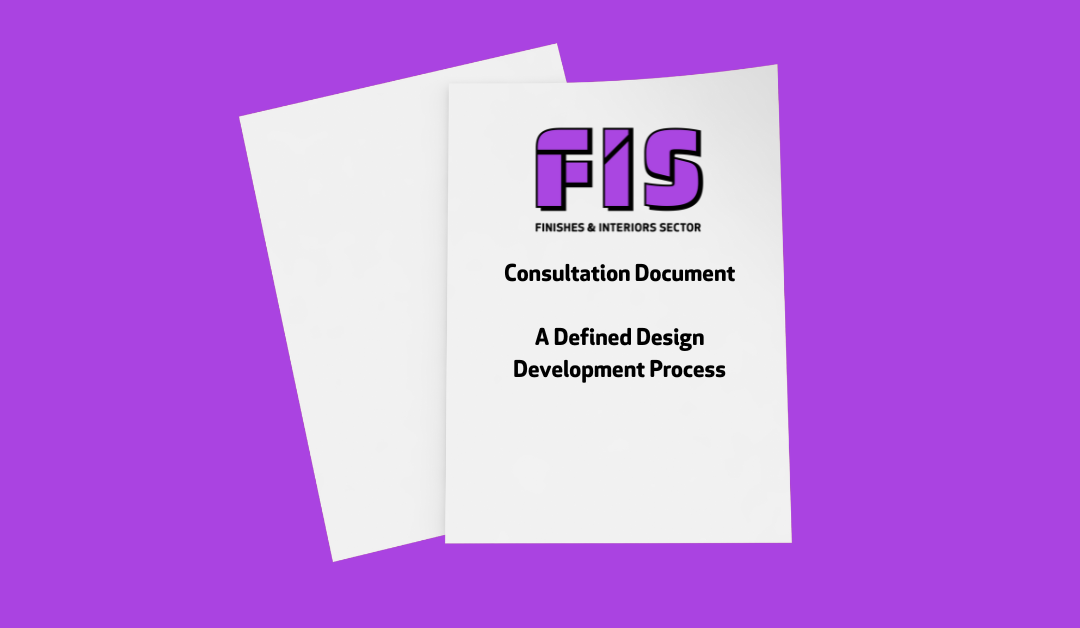
by Clair Mooney | Mar 28, 2024 | Main News Feed
FIS has been working on a number of fronts looking at how we support the “Responsible No”. As part of this work we have been breaking down the design development process and looking at irreconcilable details. We are looking for member feedback on an outline paper that we have prepared “A Defined Design Development Process”.
This paper looks at the design development process and allocation of responsibility to trade contractors within the context of Contractors Design Portion (CDP).
The transfer of liability in complex amendments to standard form contracts and expectations associated with design development is commonplace. Concern centres on procurement processes (see Figure 1) that give trade contractors little or no time to address design at tender stage and don’t allow for early supply chain engagement and encourage or foster collaboration between specialist contractors.
Increasingly specialist contractors are finding themselves responsible for the compliance of details that they did not design but are presented in contract as their liability. This paper starts to explore how this should be co-ordinated more effectively through a more consistent and consultative design development centred on a standardise approach to creating a Design Responsibility Matrix (DRM).
We would appreciate feedback on this document using this form. Please email to info@thefis.org by 22 April 2024.
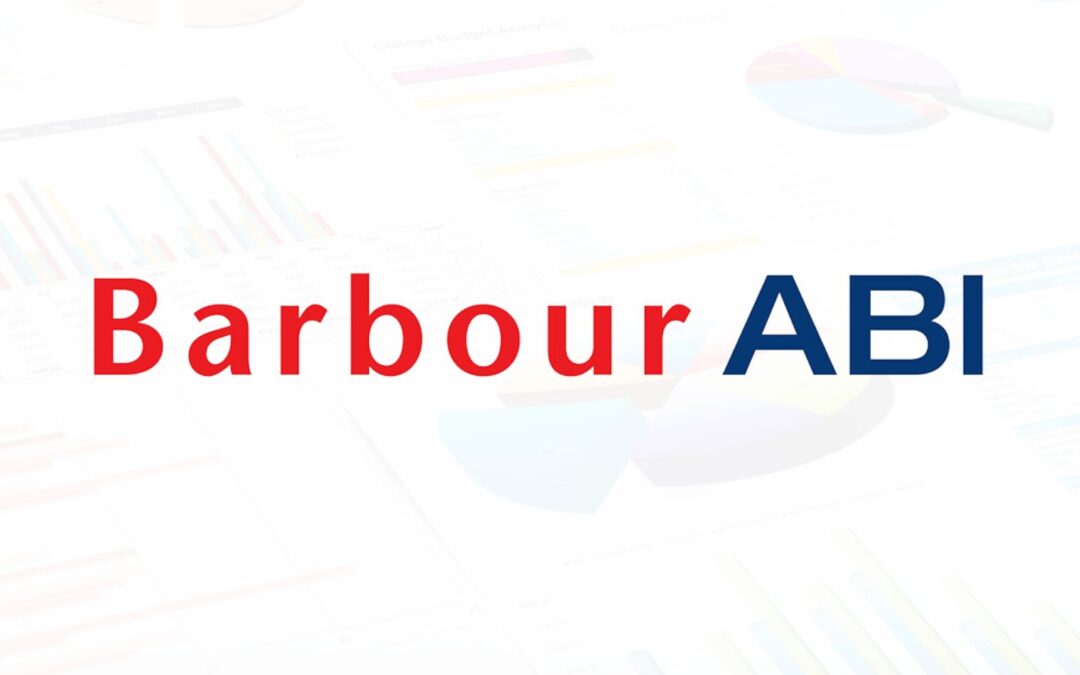
by Oscar Venus | Mar 15, 2024 | Main News Feed
FIS has partnered with Barbour ABI to extend its reach, educate and take our content directly to specifiers and building designers. This also enables members to extend their presence on Barbour ABI through the FIS Specialist Interiors Hub and access discounts on core services available from Barbour ABI. FIS regularly shares content from its online platform SpecFinish which is added to the Specialist Interiors Hub.



